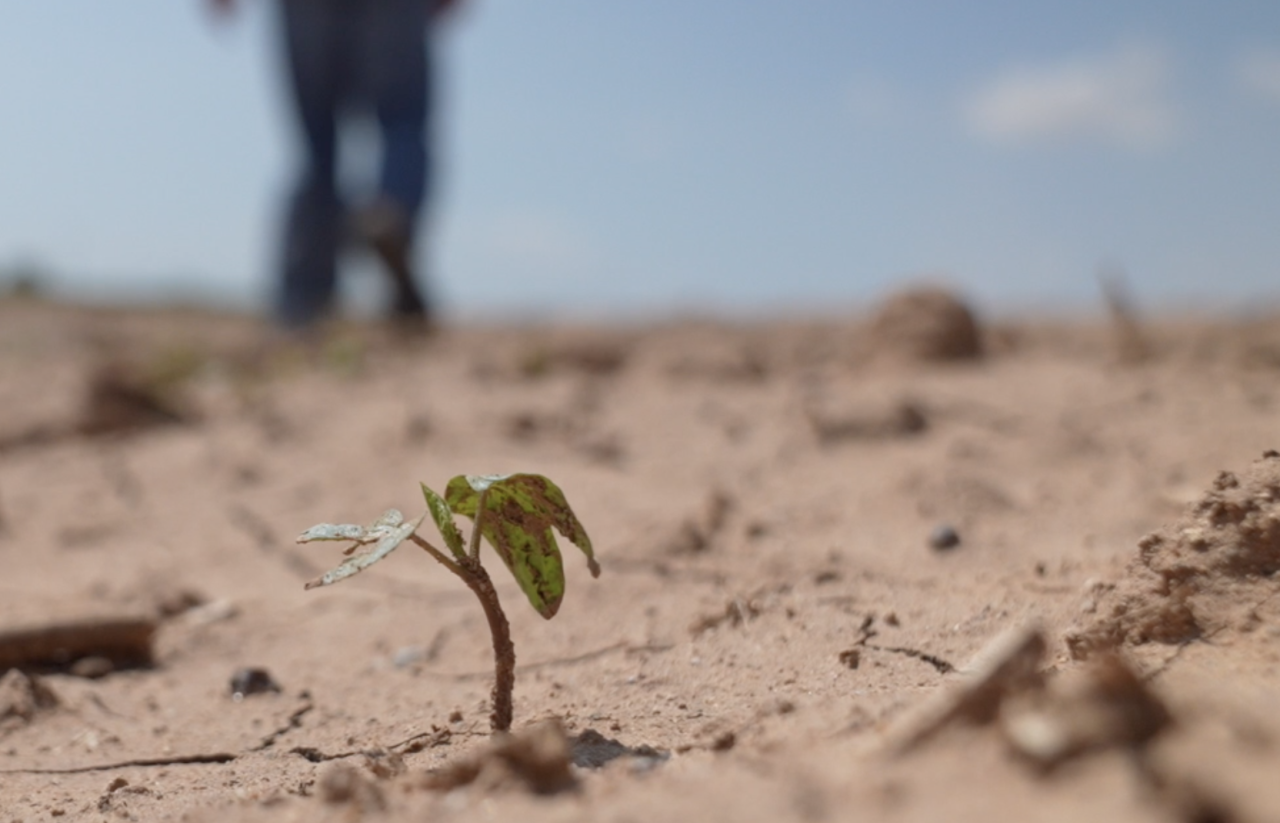BAKERSFIELD, Calif. (KERO) — Groundwater and surface water serve as lifelines to communities, agriculture, and ecosystems here in California.
That is why it’s important that our local farmers and ranchers have sufficient water supply as drought concerns continue to linger.
However, some are concerned that too much focus is being put on the conservation of water instead of other solutions that can help.
Since the fall of 2021, Kern County has primarily seen a decrease of groundwater that is greater than 25 feet.
There is a push to not only increase this but also the amount of surface water storage as well.
“Our communities are running out of water.”
Assembly Member Vince Fong said that the need for building additional water storage is heavily impacting the central valley.
He said that farmers are currently being faced with difficult decisions.
“This is a significant crisis that we’re in. California is the number one AG producing state in America. Kern County is one of the leading AG producing counties in California. We produce food for the United States and the entire world and so we need water to do that.”
Governor Newsom recently stated that his administration is spending an additional $22.5 million to respond to the immediate drought emergency.
While he is heavily focused on conservation efforts, many are still concerned that this isn’t the only route towards aiding the state’s drought issue but also investing in additional water storage.
“If you have a groundwater well and a good aquifer, something like a large aquifer like the central valley, there’s significant aquifers with significant depths a farmer can drill a well deep enough to have water supply. It might cost a little bit to maintain and to construct the well. You’re still having to deliver and convey that water but it's localized.”
Tim Godwin, Supervising Engineering Geologist for the Department of Water Resources, adds that it's important to note that while surface water storage might be cheaper, groundwater storage has a greater capacity and longevity for storing and sustaining water levels, especially within our central valley.
“In the net result, of course, we’re talking about water but we’re also talking about food. We’re talking about stuff that winds up on our table or in the local grocery store and farmers' market.
Chris Scheuring, Senior Counsel for the California Farm Bureau, adds that although droughts are a part of the natural cycle in California when it comes to agriculture, you may notice a difference on your dinner plate if there isn't enough water for farmers.
“So, some farmers might not grow crops and some farmers will reduce or have forcibly reduced water supply and will just be trying to hold the line.”
For information on how to report dry wells for private well owners visit California's dry well website.





